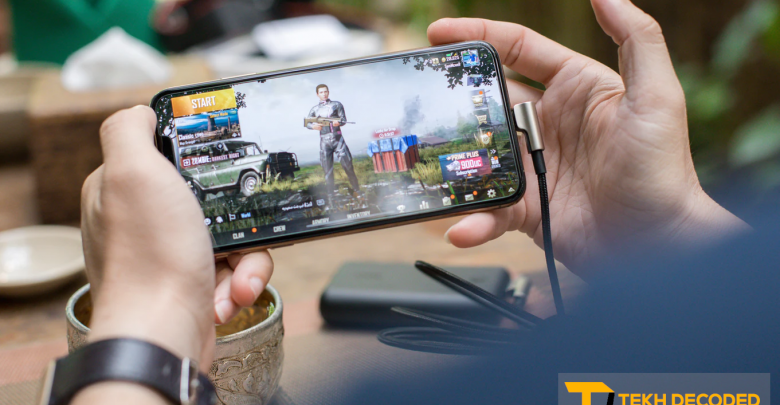
Google is testing a new feature which is kind of simillar to PS5’s modular game installation feature. With this new OS level feature will allow users to run games and apps without even downloading them fully.
XDA Developers recently wrote a report about this new feature google is working on. This feature could arrive on 2021 in Android 12. The potential feature is dubbed as Incremental File System.
This feature is currently being tested on Pixel 4 XL devices by developers. They explain that Android devices with this feature will have a new /data/incremental directory that contains sub-directories for each app on the device.
Sub-directories will contain APKs, native libraries, and OBB files. In these sub-directories, Incremental File System will be mounted, and each of them will be bindedly mounted to the original installation directories, ie. /data/app/.
Google developer states “Incremental FS is a special-purpose Linux virtual file system that allows execution of a program while its binary and resource files are still being lazily downloaded over the network, USB etc.
It is focused on incremental delivery for a small number (under 100) of big files (more than 10 megabytes each). Incremental FS doesn’t allow direct writes into files and, once loaded, file content never changes. Incremental FS doesn’t use a block device, instead it saves data into a backing file located on a regular file-system.”
So this is how it will work at the user level. You download a game that is 2GB in size. Your phone installer will start downloading. If the game intro is on the 500MB part and 60MB in size, the installer will download the 60MB part for you and then execute it and then will proceed to download the whole 500MB part and then when you finish a part, the other part (let’s say a minigame mission worth 30MB that is located in the far last 500MB part) will start to load. The same also can be experienced with big apps. This will all happen at a system level.
If everything goes well and this feature gets real, it can bring great change to mobile gaming and gaming on Android gaming will be a big thing. Also we may see this feature on other Linux based devices, as this feature is kernel level and marged to Linux kernel.
